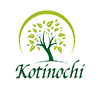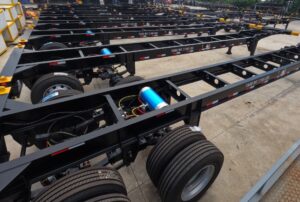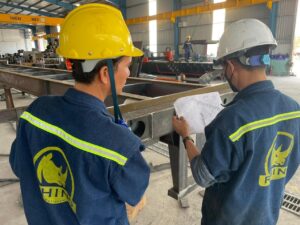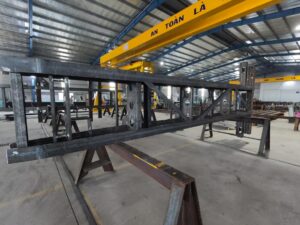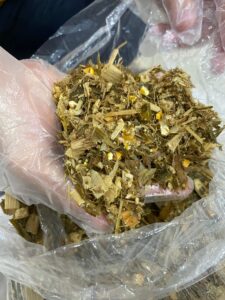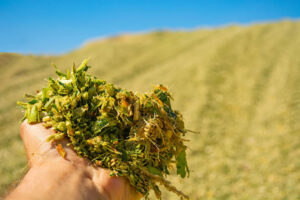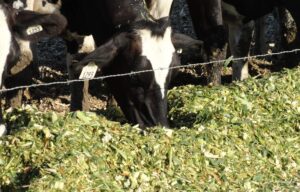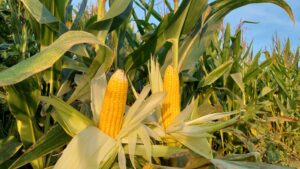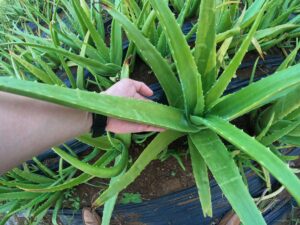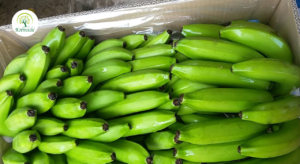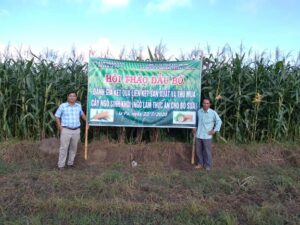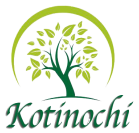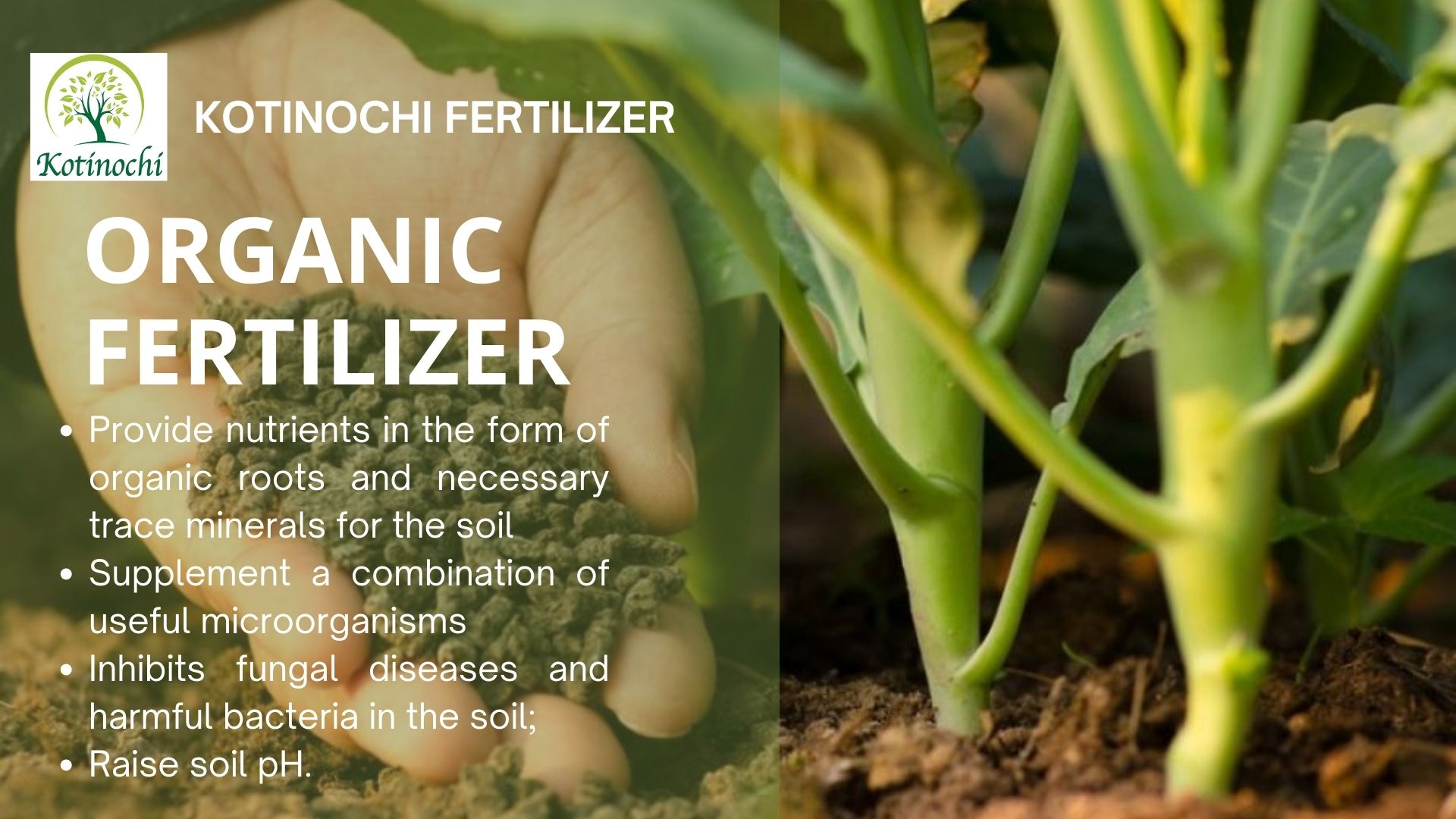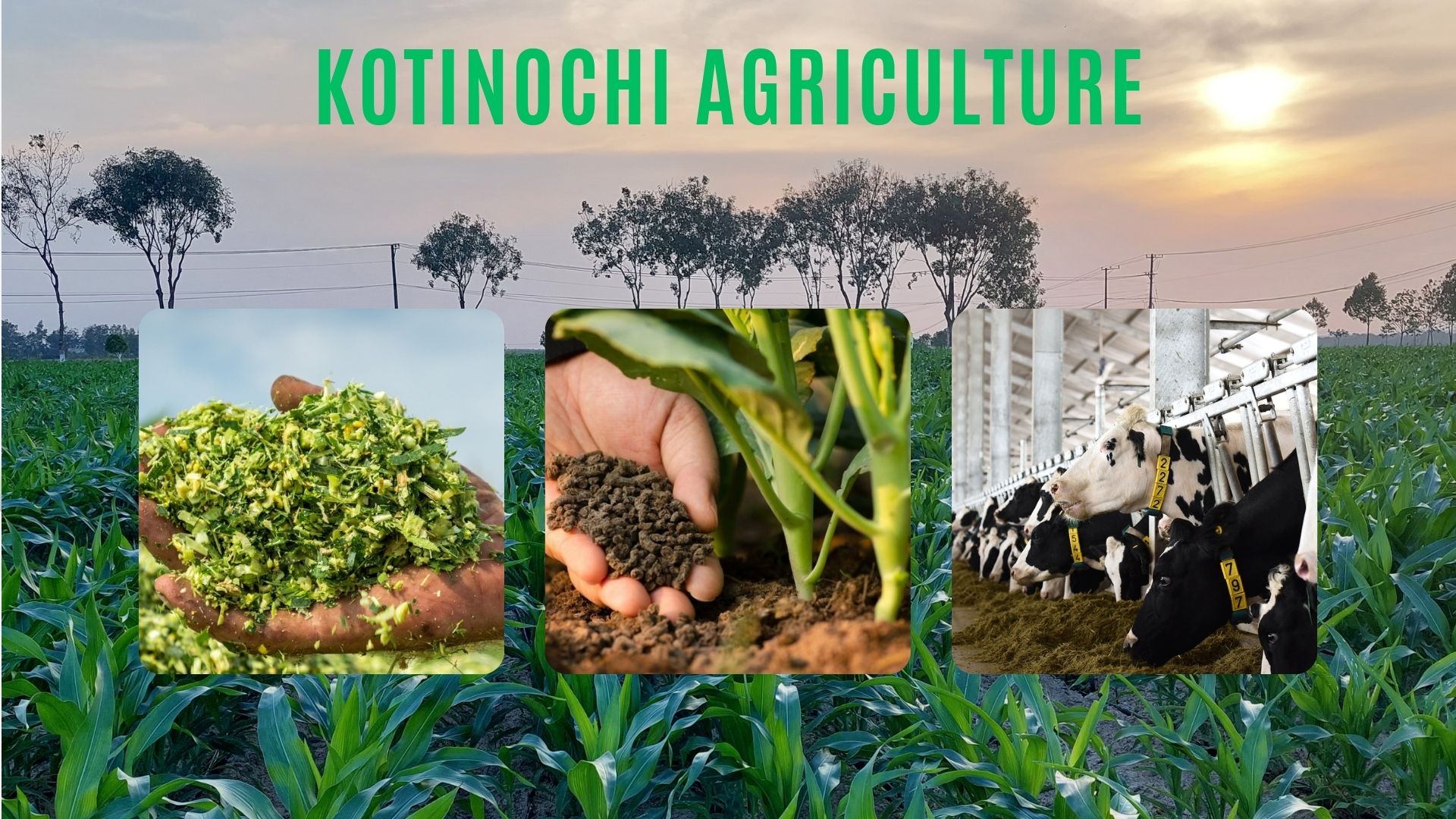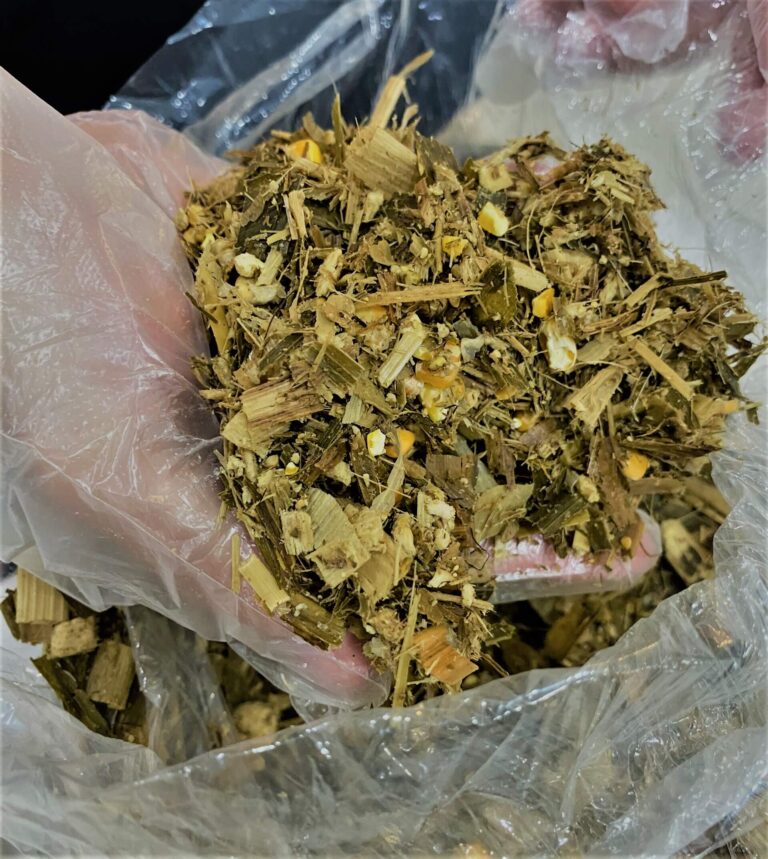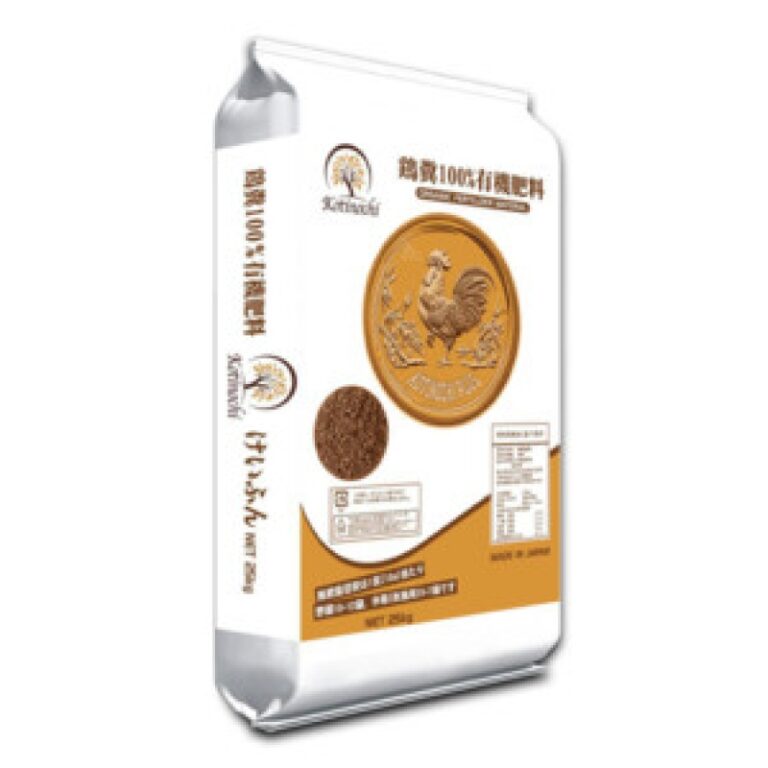To ensure the quality of corn silage is in compliance with standards of strict importing countries, Kotinochi Joint Stock Company has been investing in developing an advanced growing and processing procedure, aiming to deliver the best quality input materials to finished products out of our planting areas and factory.

We currently operating a planting area of 3540 hectares, including 9 provinces in Vietnam:
Phu Tho
Binh Dinh
Phu Yen
Khanh Hoa
Binh Thuan3
Kon Tum
Dak Lak
Dong Nai
Tay Ninh

Planting preparation
First, we select NON-GMO corn varieties (with a non-GMO certificate or recognized by the Vietnam Ministry of Agriculture and Rural Development) to grow biomass corn as a silage material, meeting the standards for cattle feed of the Japan market.
We set strict rules when choosing corn-growing areas. Before planting, our experts will directly inspect the planting area, survey the topography, soil, and take soil and WATER samples at the planting area for testing.
Kotinochi only chooses to use biomass corn in growing areas where soil and WATER samples have passed the test to use as export silage materials.
SOIL in our growing areas must not be contaminated with aluminum, saline and dioxin.
WATER must be free from lead, arsenic, other heavy metal elements, and free from E. coli and Salmonella bacteria.
All soil and water samples in the growing areas are tested at the OMIC Center (Overseas Merchandise Inspection Co., Ltd).
Kotinochi prioritizes the use of organic fertilizers in our corn areas and limits the use of non-organic fertilizers to avoid soil erosion.
In addition, we also require our growing areas to use pesticides of biological origin, typically emamectin benzoate for spraying to protect crops from worms and insects.
Regarding the workers, our workers are equipped with labor protection equipment from clothes, gloves, and masks to ensure hygiene during the harvesting, processing and production stages.
Harvesting & processing stage (Moving to the harvesting and processing stage)
When the kernels are waxy ripped and no milk when clicking, it is the right time to start the harvesting stage, usually after 85-90 days of planting, depending on the corn variety. Besides this method, we can check the foot leaves or the corn tassel to confirm the harvest possibility.
When it comes to the harvesting time, we apply 2 harvesting methods: Manual harvesting method or applying harvesting machines. This depends on the topographic characteristics of the planting area.
In this area, we apply the manual harvesting method due to the steep and zic zac terrain. The equipped workers will manually cut the corn plant (15 centimeters from the soil to avoid the corn from mud) and put them into the corn chopper.
In other planting areas where the terrain is flat and in favorable condition, we are able to use trucks with integrated harvesting and field-chopping features to harvest our corn.
Chopped corn will be sprayed into a clean trunk. After the chopping phase, the vehicle carrying the trunk will go directly to our factory.
The truck carrying chopped fresh corn from the field to the factory will go through the disinfection area. Our workers will spray and sanitize the wheels, disinfect them to ensure that soil, mud, or stones and heavy metals do not mix with the corn. The spraying nozzle will disinfect with 4% sodium carbonate on the top, bottom, and around the vehicle.
The vehicle then passes through the weighing station before transporting the raw materials to the processing plant to confirm the weight of the raw materials.
Our factory will have a disinfection area dedicated to workers from washing hands to disinfecting the whole body before starting work, after restroom, and after breaks.
We use the 3-layer jumbo bag to package the product. The inner layer is PE, resisting the corn silage from air and water.
After being transported to the processing area, the forklift will then pour the chopped corn through the screw conveyor system into the yeast injection chamber. In the yeast spraying chamber, chopped corn is mixed with the Bon Silage Speed M yeast.
Then, the corn-yeast mixture is put through another screw conveyor into the PE layer of the jumbo bag.
After the corn silage has been fully-packed in Jumbo bags, it will be weighed and vacuumed. Each jumbo bag will hold about 700-750 kilograms of silage.
The finished product of corn silage will be stored and preserved in a separate, sheltered area, which is cool and free from animals such as mice and squirrels.
Containerized & exporting stage (Preparing for the export, we move to the final stage)
Finished products stored at the warehouse for 5-7 days will be loaded onto containers and processed for export.
Before loading the products, the container will be fumigated with 4% sodium carbonate.
Only after it is thoroughly fumigated, the products are containerized and transported to the port. It will once again be disinfected at the port and they will issue the fumigated certificate for the said container.
